- 4 Aktuální žádosti o pomoc Poraďte svým kolegům
- Požádejte o pomoc
- Podejte dotaz do fóra
- Vložit hotový případ
- LOG Decoder
Žádost o pomoc
Žádost o pomoc vyplňte, pokud máte rozpracovaný diagnostický případ na konkrétním vozidle, u kterého potřebujete pomoci zjistit skutečnou příčinu závady.
Pro naše nekonvenční metody je nutný základ znalostí a mít vlastní vybavení minimálně pro "logování", lépe však osciloskop. Nejlepší přípravou pro práci jsou naše videoškolení a akademie.
Jak to funguje?
Do online formuláře v jednotlivých krocích vyplníte všechny důležité údaje k případu a poté Vám ostatní registrovaní diagnostici poradí v komentářích*.
Supervizor a moderátoři FCD.eu samozřejmě vše doplňují a kontrolují správnost informací, aby cesta vedla ke správnému cíli.
Požádat o pomocDiagnostický případ
Critical flashover voltage on engines with variable valve timing
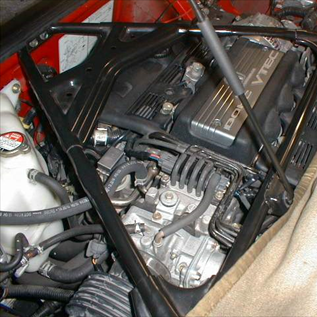
Informace o vozidle
| VIN: | |
| Výrobce: | Acura |
| Model: | NSX |
| Rok výroby: | 1995 |
| Kód motoru: | 3,0 V-TEC |
| Typ motoru: | 181 CID |
| Výkon (kW): | 187 kW |
| Převodovka: | Manuální |
| Palivo: | Benzín |
| Najeto: | 0 km |
- paměť závad nečtena
- nelze se spojit / asi chyba auta
- během jízdy
- [1]
- trvalá závada
- sporadická závada
Závěr
VOZIDLO JSEM NEOPRAVOVALSymptoms: Engine misfire above 3800 rpm, under
light throttle, that gradually becomes worse. The
first following major throttle application causes the engine to die and it cannot be restarted for about 10 minutes.
DTC: 1=Cylinder misfire...
This strange problem annoyed several Honda dealers
in the Czech Republic. No result, even after consulting
US colleagues who only recommended to use the specified spark
plugs. Finally we had to use common sense and principles of ignition
to find the problem, and we did. Follow the pictures in the detail
section.
Pic. 1: Engine compartment view
Pic. 2: Multi-channel scope recordings
Pic. 3: Shunt firing
Pic. 4: Both O2S waveforms are recorded
Fix: Readjustment of spark plug gaps
from 1,1mm to 0,6mm and replacement/cleaning of
ignition cables, cable boots and terminals.




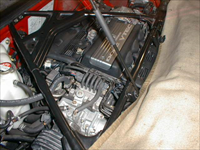
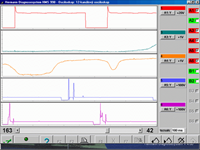
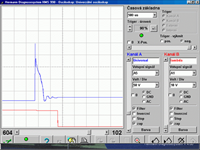


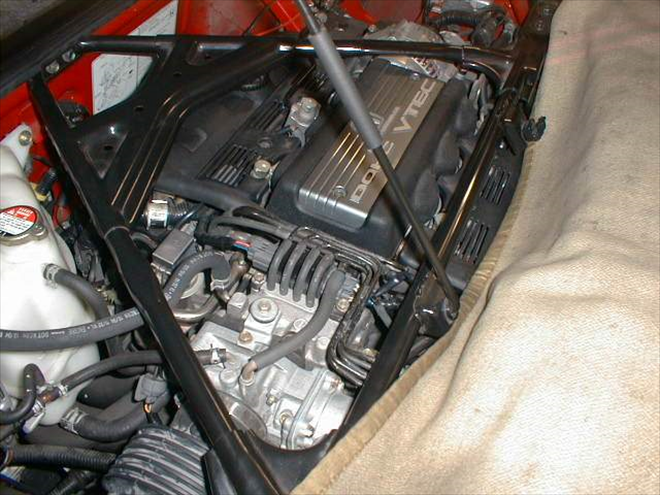
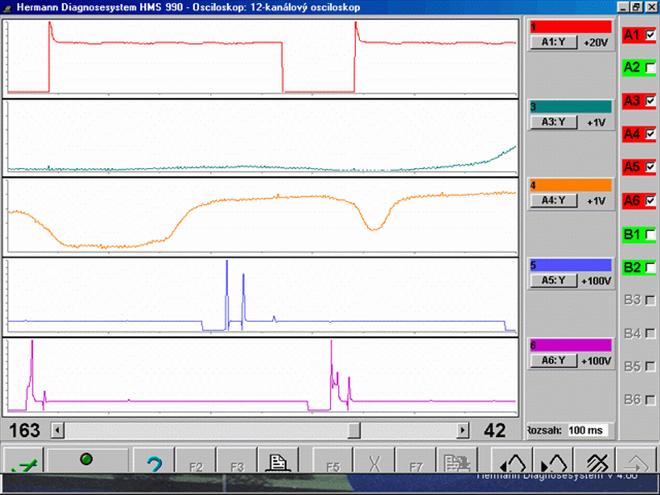
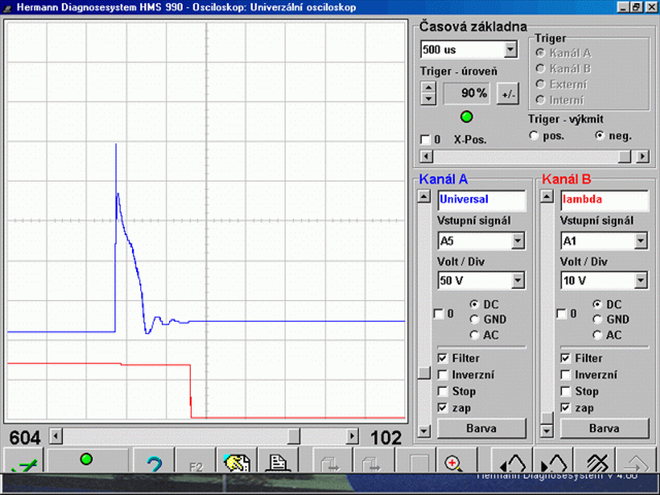
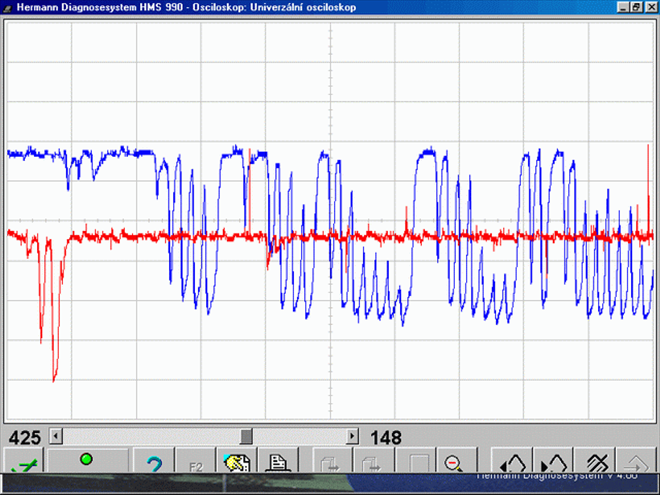
Komentáře (0)